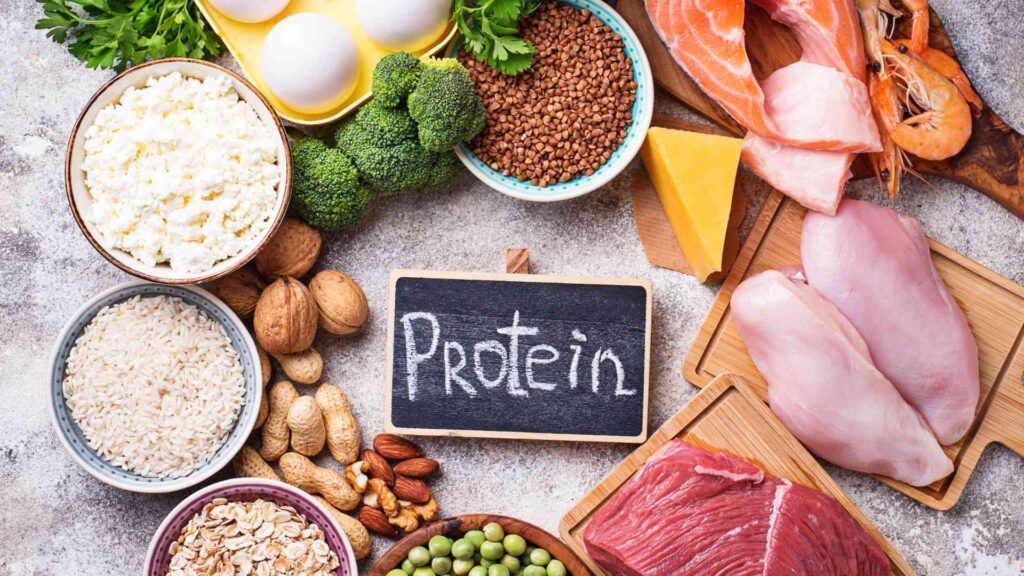Discover comprehensive information for all aspects of sexual health and find resources and guidance to empower your sexual well-being.
Painful erections never indicate normalcy, and sometimes signal a medical emergency. Severe pain may necessitate…
Discover comprehensive information for all aspects of sexual health and find resources and guidance to empower your sexual well-being.
Painful erections never indicate normalcy, and sometimes signal a medical emergency. Severe pain may necessitate…
The underlying cause as well as the severity of pain determine the varied treatment approaches…
Erectile dysfunction (ED) means having trouble getting or keeping an erection that’s good enough for…
Erectile dysfunction (ED) is a condition that affects many men worldwide, leading to significant stress,…
Prostate health is a critical concern for men, especially as they age. The prostate gland…
The pelvic floor muscles are the unsung heroes of our body’s core, providing support to…
Commitment issues can often manifest in romantic relationships, work, and other personal or professional spheres.…
In the pursuit of shedding unwanted pounds, many individuals turn to various methods, including dieting and exercise. However, one crucial factor that often gets overlooked is metabolism. Metabolism plays a vital role in determining how efficiently our bodies burn calories, making it a key player in the weight loss journey. Fortunately, there are several strategies you can employ to increase metabolism and achieve your weight loss goals.
Related: What Is Metabolism
Table of Contents
Toggle
One of the most effective ways to increase metabolism is by incorporating strength training into your exercise routine.
Unlike cardio exercises that primarily burn calories during the activity, strength training builds muscle mass, which boosts your resting metabolic rate. This means you’ll continue burning calories even when you’re at rest.
Aim for at least two to three sessions of strength training per week, targeting major muscle groups like the legs, back, chest, and core.
Related: 15 Benefits of Strength Training

Protein is essential for muscle repair and growth, making it a crucial component of any metabolism-boosting diet.
Additionally, protein has a high thermic effect, meaning your body burns more calories digesting protein compared to fats and carbohydrates.
Include lean protein sources such as chicken, fish, tofu, beans, and legumes in your meals to support muscle development and keep your metabolism firing on all cylinders.

Contrary to popular belief, skipping breakfast can actually slow down your metabolism.
After fasting overnight, your body needs fuel to kickstart your metabolism and provide energy for the day ahead. Eating a balanced breakfast rich in protein and healthy fats not only jumpstarts your metabolism but also helps prevent overeating later in the day.
Opt for options like eggs, Greek yogurt, whole grain toast with avocado, or a protein smoothie to fuel your morning.
Related: 10 Foods That Boost Metabolism

Water is essential for many metabolic processes in the body, including digestion and nutrient absorption. Studies have shown that drinking water can temporarily boost metabolism by increasing calorie expenditure.
Aim to drink at least 8-10 glasses of water per day, and consider sipping on cold water or green tea, which may have additional metabolism-boosting benefits. Avoid sugary beverages and excessive caffeine, as these can have detrimental effects on your metabolism and overall health.
Related: How Much Water Do You Need Per Day

Quality sleep is crucial for maintaining a healthy metabolism and overall well-being.
Lack of sleep disrupts hormone levels, specifically those involved in hunger and appetite regulation, leading to increased cravings and overeating.
Aim for 7-9 hours of uninterrupted sleep each night to support optimal metabolic function. Establish a bedtime routine, create a comfortable sleep environment, and limit screen time before bed to improve sleep quality and enhance metabolism.

HIIT workouts are a time-efficient way to torch calories and increase metabolism.
These workouts involve short bursts of intense exercise followed by brief periods of rest or lower-intensity activity.
HIIT not only burns calories during the workout but also triggers the afterburn effect, where your body continues to burn calories at an elevated rate post-exercise.
Incorporate HIIT sessions into your fitness routine 2-3 times per week for maximum metabolic benefits.

Chronic stress can wreak havoc on your metabolism, leading to hormonal imbalances and increased fat storage, particularly around the abdominal area.
Practice stress-reducing techniques such as meditation, deep breathing exercises, yoga, or spending time in nature to promote relaxation and support a healthy metabolism.
Prioritize self-care activities that help you unwind and recharge, ultimately benefiting both your physical and mental well-being.
Increasing metabolism is a key strategy for achieving sustainable weight loss and improving overall health. By incorporating strength training, consuming adequate protein, eating a balanced breakfast, staying hydrated, getting sufficient sleep, incorporating HIIT workouts, and managing stress levels, you can effectively boost your metabolism and maximize your weight loss efforts.
Remember that small, consistent changes over time can lead to significant improvements in metabolism and long-term success in reaching your weight loss goals.
References
Dr. Nishtha, a medical doctor holding both an MBBS and an MD in Biochemistry, possesses a profound passion for nutrition and wellness. Her personal journey, marked by significant struggles with physical and mental health, has endowed her with a unique empathy and insight into the challenges countless individuals face. Driven by her own experiences, she leverages her background to offer practical, evidence-backed guidance, empowering others on their paths to achieving holistic well-being. Dr. Nishtha truly believes in the interconnectedness of the mind and body. She emphasizes the significance of understanding this connection as a crucial stride toward attaining balance and happiness in life.

